Watch Bêka & Lemoine's movie Moriyama-San, about the owner of Ryue Nishizawa's Moriyama House
The film made by Ila Bêka and Louise Lemoine about the occupant of Ryue Nishizawa's seminal Moriyama House is now available to watch on Dezeen in full – but only for a limited time!
Moriyama-San is an hour-long documentary about Yasuo Moriyama, the "urban hermit" who lives inside a house built by one of the two founders of Pritzker Prize-winning Japanese architecture studio SANAA back in 2005.
It featured in The Japanese House: Architecture and Life after 1945, an exhibition at the Barbican in London earlier this year. But it has been released online for the first time this week and, to mark the occasion, it will be available to watch here for free from 15 to 18 December 2017.
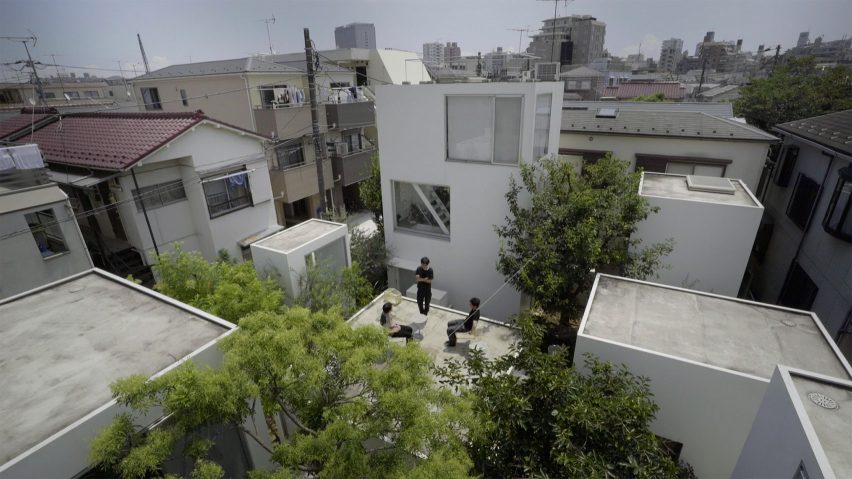
Ila Bêka captured the footage in the summer of 2016, when a short visit to Moriyama's home turned into a week-long stay.
In spite of the language barrier, the pair bonded over a shared love of Japanese noise – an obscure type of music made up of unusual sounds.
"The encounter was so powerful between Mr Moriyama and Ila, because of their common passion for Japanese noise music, that it became obvious we had to make the film happen at that precise moment," Louise Lemoine told Dezeen.
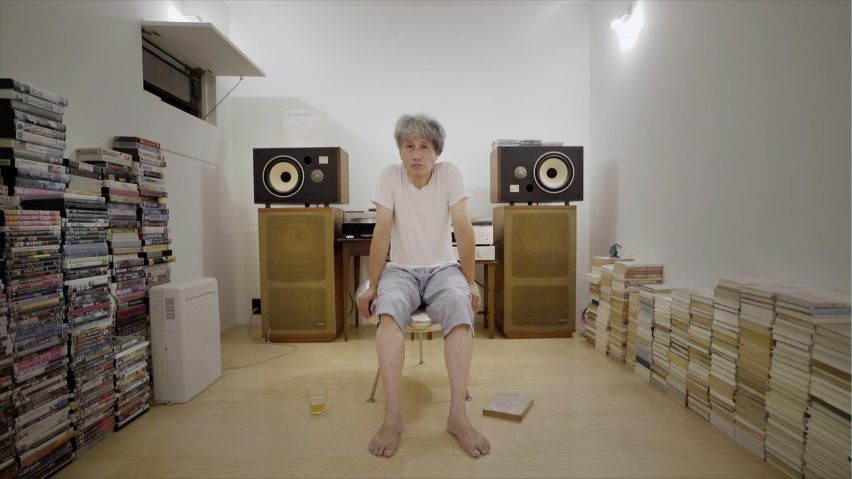
"Mr Moriyama hosted Ila very kindly for a week and that's how it all started. The film reflects their magical complicity built over this week spent in the house."
The film reveals the typical domestic activities of Moriyama, from reading, listening to records and watching silent movies, to entertaining guests.
It shows how the house, which is made up of 10 separate blocks, accommodates these activities.
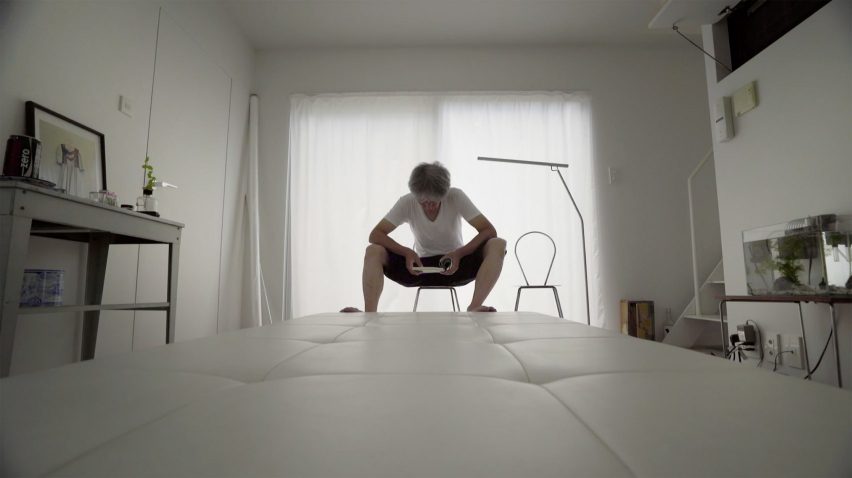
"The house is simply exceptional, one of the most powerful creations of Japanese contemporary architecture," said Lemoine.
"Through the fragmentation of a single house into 10 small blocks, it becomes a sort of micro-city in itself," she said. "Mr Moriyama lives in four blocks and the other ones are rented, so there is a sort of very harmonious and joyful community feeling, even if the site is very small."
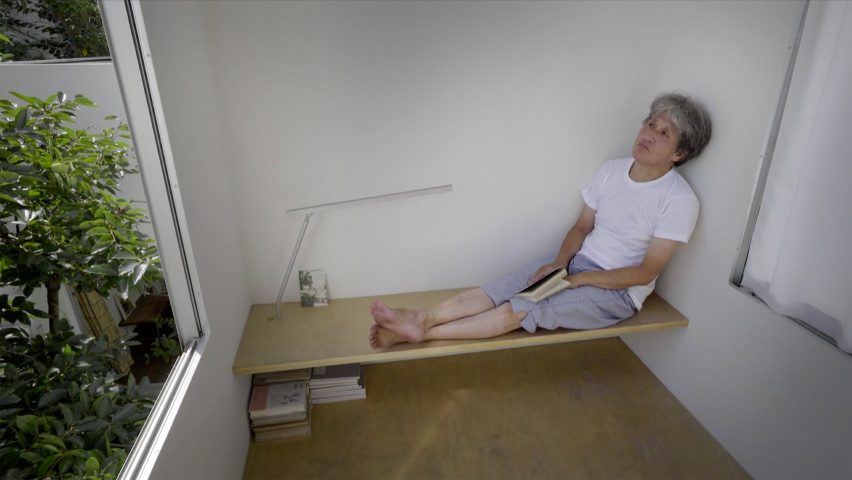
Bêka and Lemoine have made a series of architectural movies over the past decade, featuring the work of studios including BIG, Renzo Piano and Frank Gehry. Their first film, Koolhaas Houselife, showed the day-to-day life of a house designed by Rem Koolhaas.
With all their films, the pair try to show a different side to contemporary architecture.
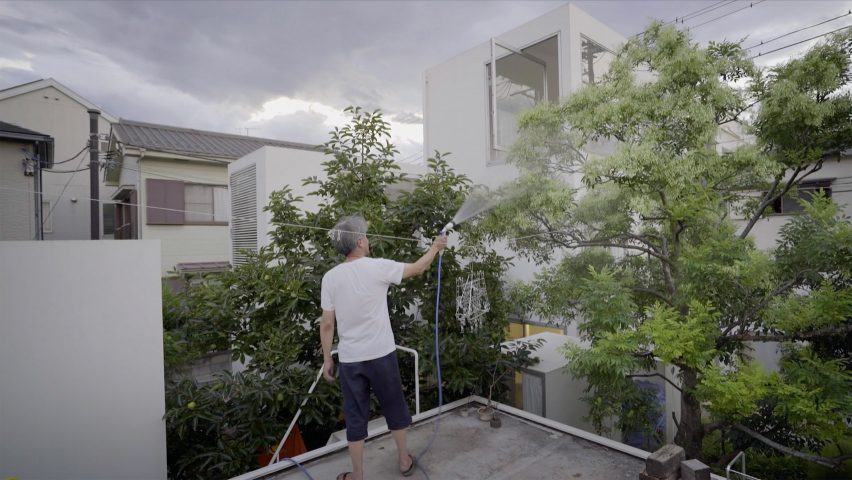
"Our main focus is less the architecture in itself than the people living within these buildings, in order to underline how architecture can influence the way we live and relate to each other," explained Lemoine.
"So within our films you will discover architecture through the normal chaos of life, full of people and their personal stories," she continued. "The films are like diaries of our personal immersion within the ordinary life of the buildings' communities, making a portrait of it through a very spontaneous approach and a high dose of humour."
"We are showing reality as it is without any censorship nor artifice, in other terms showing what's hidden behind the beauty of image."
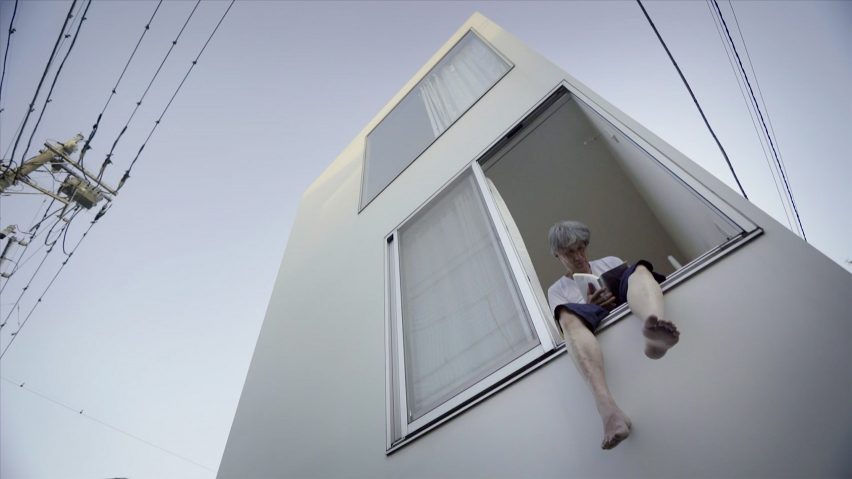
Although the shooting for Moriyama-San was unplanned, the filmmakers had been talking to Nishizawa about the idea for years.
The property is one of the architect's best-known designs, and arguably one of the most important Japanese house designs of the 21st century.
The white boxes that make up the building range between one and three storeys, and dotted around a garden. Inside, there is little furniture, but a diverse collection of belongings that combines fine art and mass-produced objects.
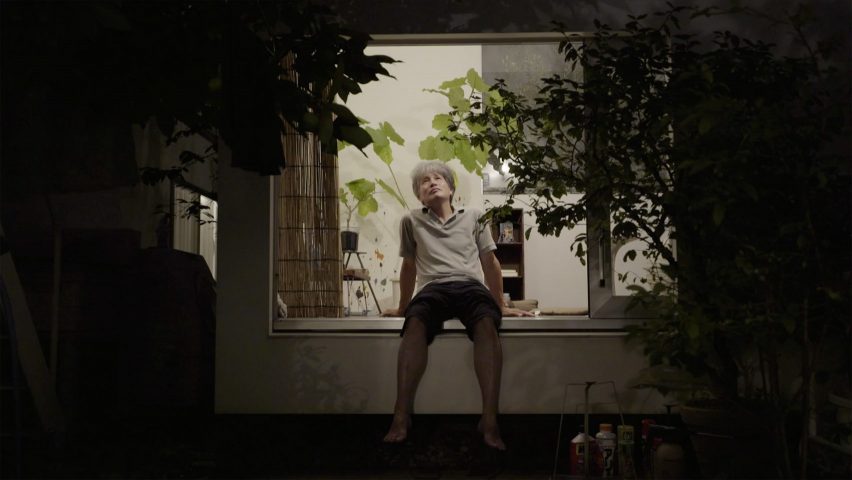
"Mr Moriyama is a truly extraordinary person," added Lemoine. "He is a sort of urban modern hermit with such a wide and in-depth knowledge in any type of cultural fields, from music to cinema, literature and architecture."
"What we most appreciated of him is that, even living in such a well-known house, Mr Moriyama is a very authentic person, extremely free in the way he thinks and lives. He is as experimental as his house, so the house is, in some way, a sort of portrait of himself."
Project credits:
Directors: Ila Bêka, Louise Lemoine
Director of photography: Ila Bêka
Editing: Ila Bêka & Louise Lemoine
Colorist: Melo Prino
Sound mix: Walter Fuji, Lo Studio
Production: Bêka & Partners, France